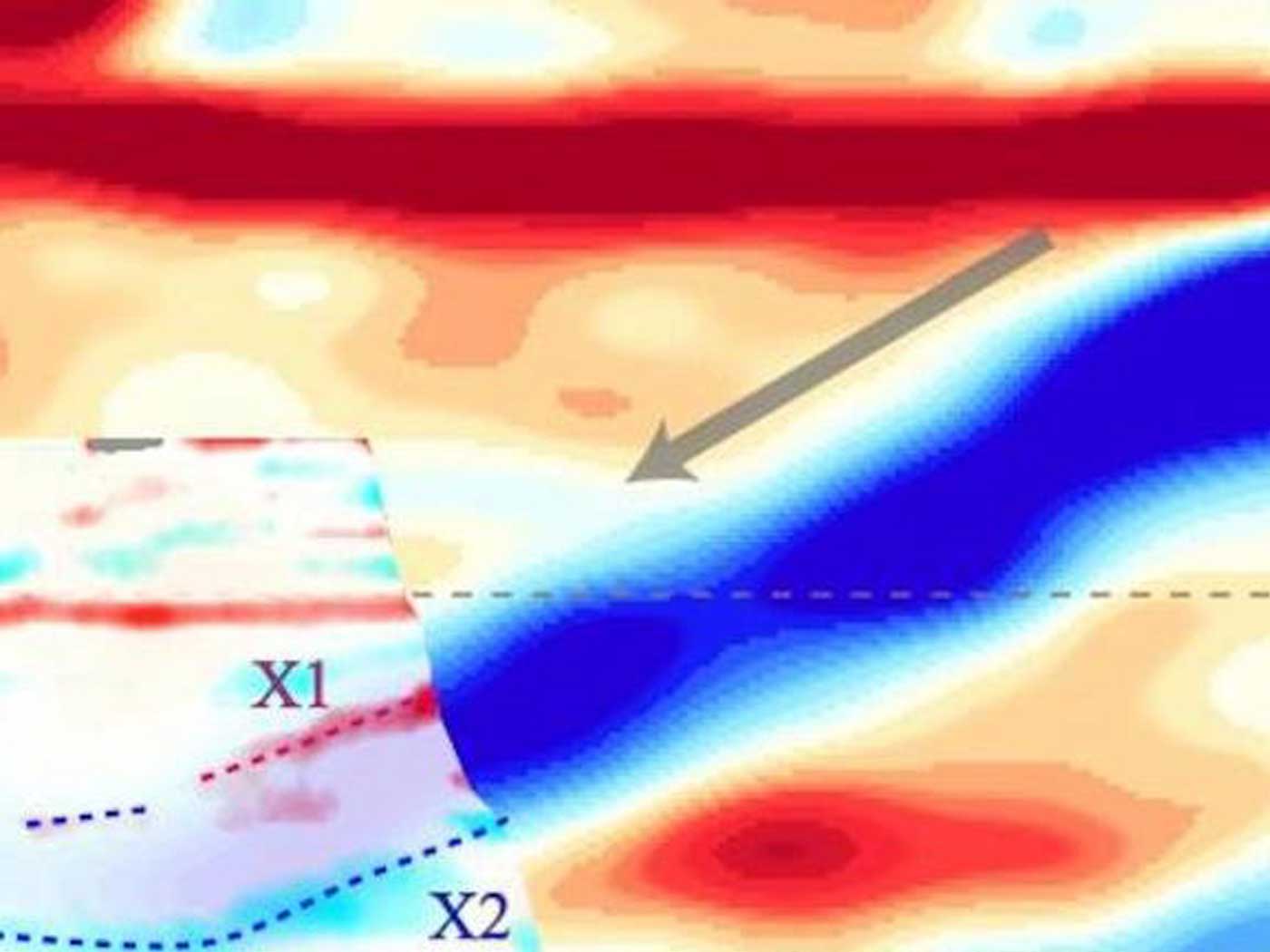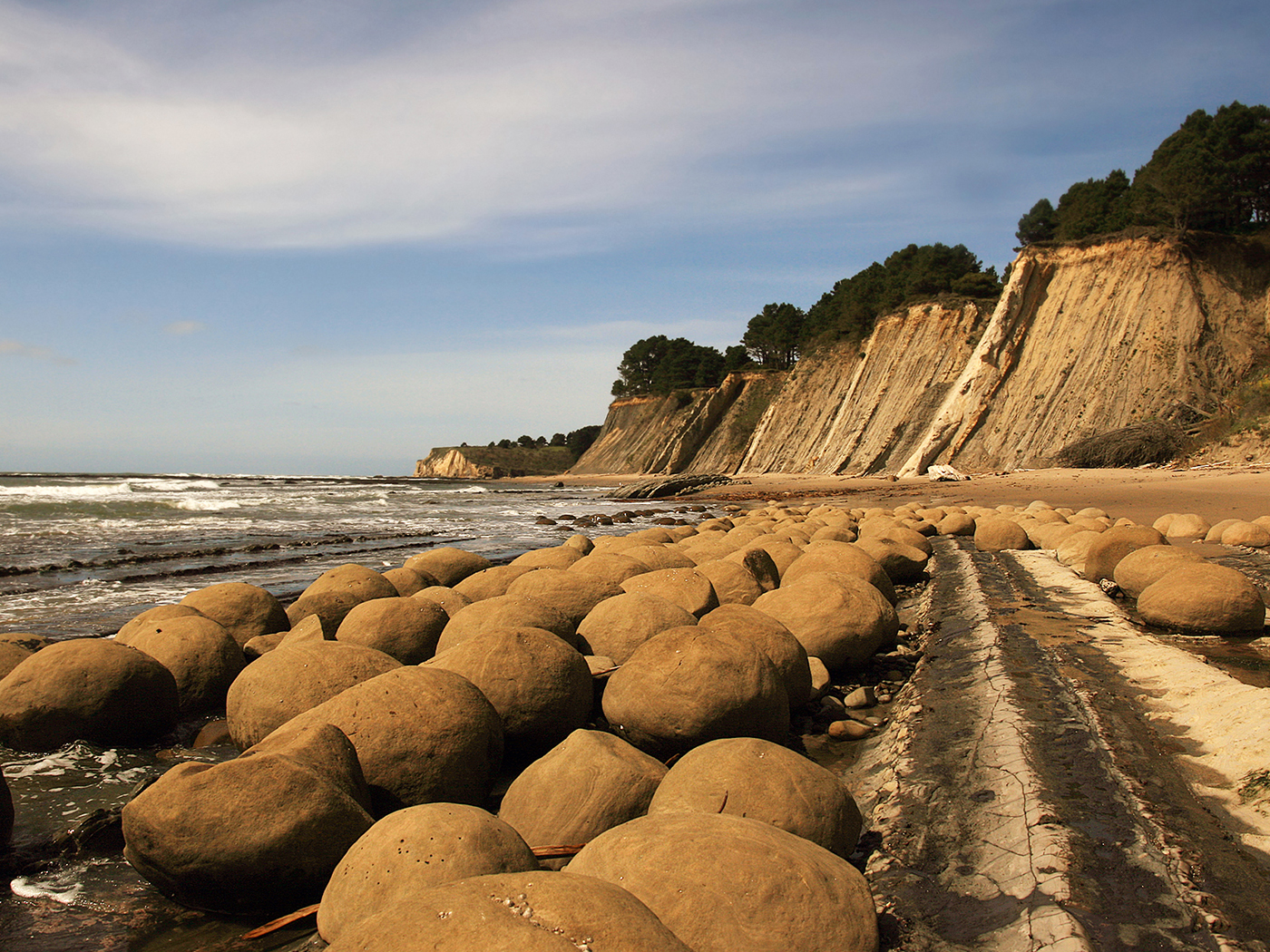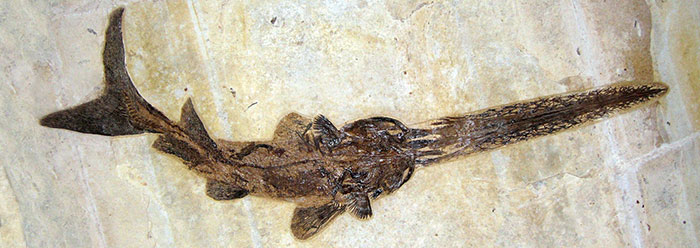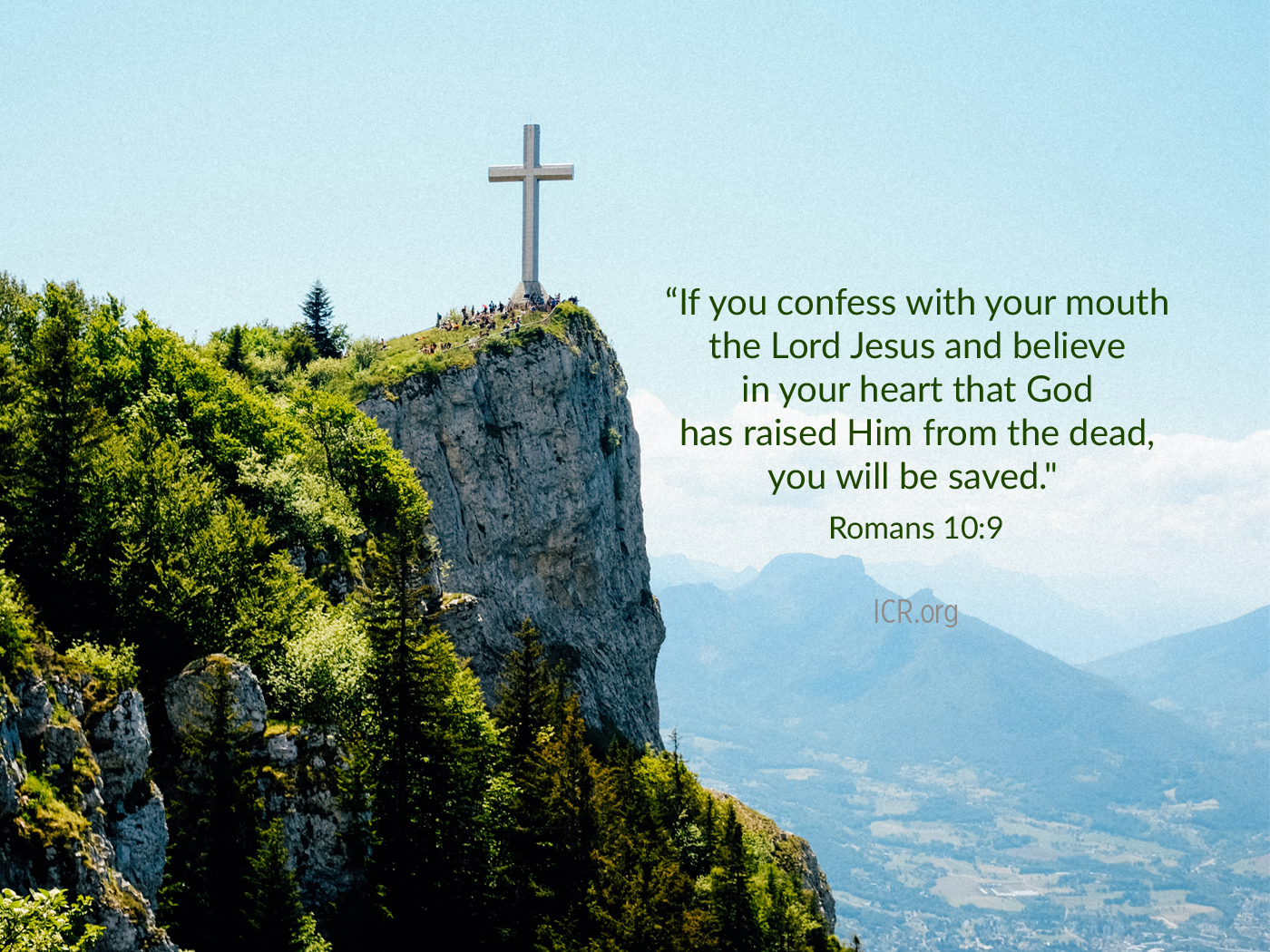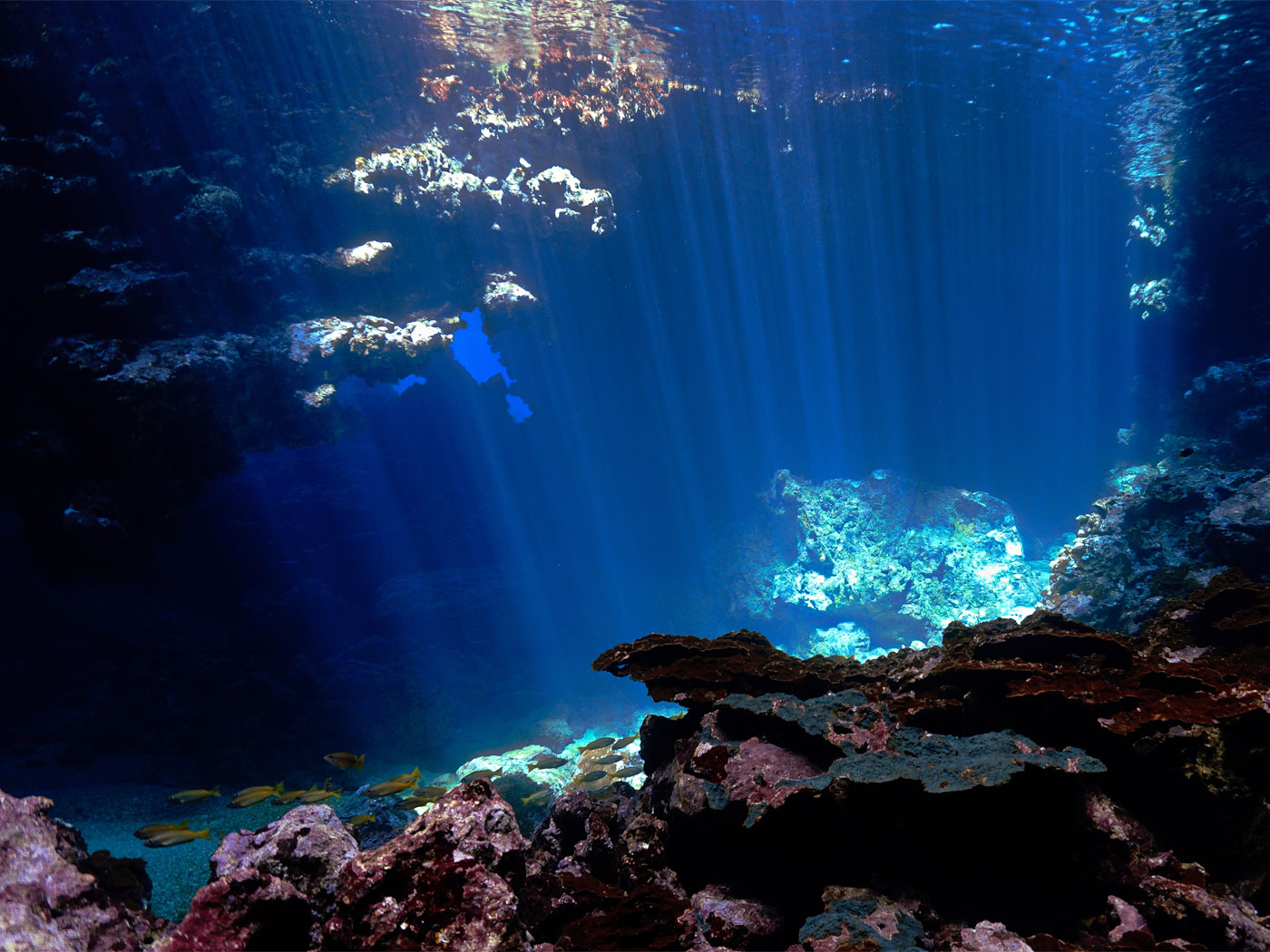The origin of the continental crust continues to baffle secular geologists who often refer to this mystery as the "holy grail of geology."1 The outer surface of the Earth is composed of numerous tectonic plates that are cold and brittle, compared to the hot mantle below. No other planet seems to have a similar plate system. In addition, Earth's plates are composed of two distinctly different types of crust: oceanic and continental. Explaining the reason for the unique crust and plates on Earth has been the subject of on-going research and debate for decades.
We can observe thin, basalt-rich oceanic crust pouring out of the seafloor at ocean ridges today, and this provides us with a pretty good idea of how ocean crust forms. It originates directly from the mantle below, although the magma becomes slightly distilled and altered in composition during the formation process. Continents are made of a completely different kind of crust, one richer in silicate minerals, making them less dense and thicker than their oceanic counterparts.1
Secular scientists claim most of the continents are quite old, much older than the crust beneath the ocean.1 And the bulk of the continents are believed to have originated nearly all at once, early in Earth's history, in a supposed time called the Archean Eon—over two and a half billion years ago.2
Two recent articles attempt to shed light on the mystery of the continents, but neither can account for the vast amounts of thick, granite-rich crust embedded in many tectonic plates on Earth.1,2
The first article in New Scientist reports on the research of Oliver Jagoutz of MIT.1 Jagoutz studied rocks from the Himalayan Mountains, where the Indian subcontinent collided with Asia. Concerning Kohistan in northeast Pakistan, he said, "A great continental train wreck scooped a chunk of Earth out onto the surface."1
Jagoutz demonstrated that slivers of continental crust can form during plate convergence where rising molten mantle material "mixes with fluid from subducted ocean crust and is distilled as it ascends, forming light continental crust, as well as a heavy slag that sinks back down [into the mantle]."1
Although Jagoutz claims to have discovered clues to the way continents form, his research results only apply to a 120-250 mile belt of rock within the Himalayas.1 He may be able to explain narrow bands of continental crust formation, but he cannot explain the origin of continents thousands of miles wide. The bigger question remains, how did Earth's continents get here?
The second article in Nature Geoscience by Esteban Gazel of Virginia Tech University and colleagues also concludes that continental crust can be made at subduction zones. But like Jagoutz, these authors were only able to explain the formation of narrow bands of new continental crust a mere 40-150 miles wide.2
Gazal and his coauthors further pointed out that the composition of these more recent bands of continental crust differs chemically from the supposed older, Archean continental crust, adding another complication to the mystery and leaving the same questions unanswered.2 Where did Earth's continents come from? And how did they form so rapidly and early in Earth's history?
The best answers to the origin of the continents can only be found in the pages of the Bible, where we read, "Then God said, 'Let the waters under the heavens be gathered together into one place, and let the dry land appear'; and it was so" (Genesis 1:9).3
God spoke the continents into existence all at once on Day 3 of the Creation Week. A naturalistic explanation for such a supernatural event will never be found. Therefore, secular scientists will undoubtedly continue to struggle with the so-called "holy grail of geology."
We can take heart knowing that the continents are visible evidence of God's eternal power of creation.
References
- Hecht, J. 2015. Rise of the upper crust. New Scientist. 226 (3017): 36-39.
- Gazel, E., et al. 2105. Continental crust generated in oceanic arcs. Nature Geoscience. 8 (4): 321-327.
- Although we can learn much about the present Earth's crust through the study of empirical data, like rocks and magmas, we can't go back in time and observe the occurrence of one-time events. The unique chemistry of the original continental crust and the size of the continents continue to perplex geoscientists. Our best recourse is to accept the word of the One witness to the creation of the continents. Understanding how God formed the continents may be something we will better understand in the future through continued research.
* Dr. Tim Clarey is Research Associate at the Institute for Creation Research.
Article posted on May 11, 2015.




.jpg)
